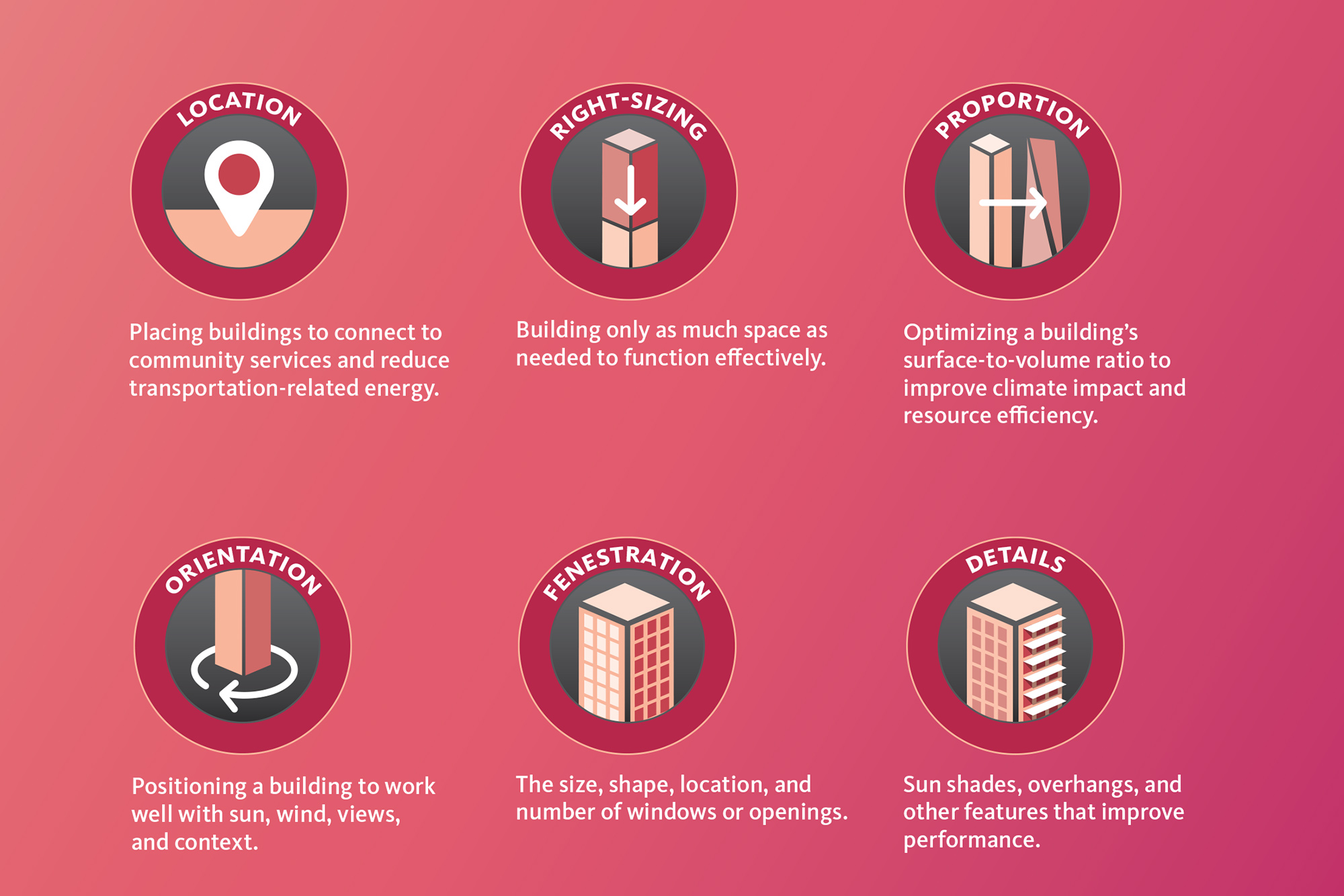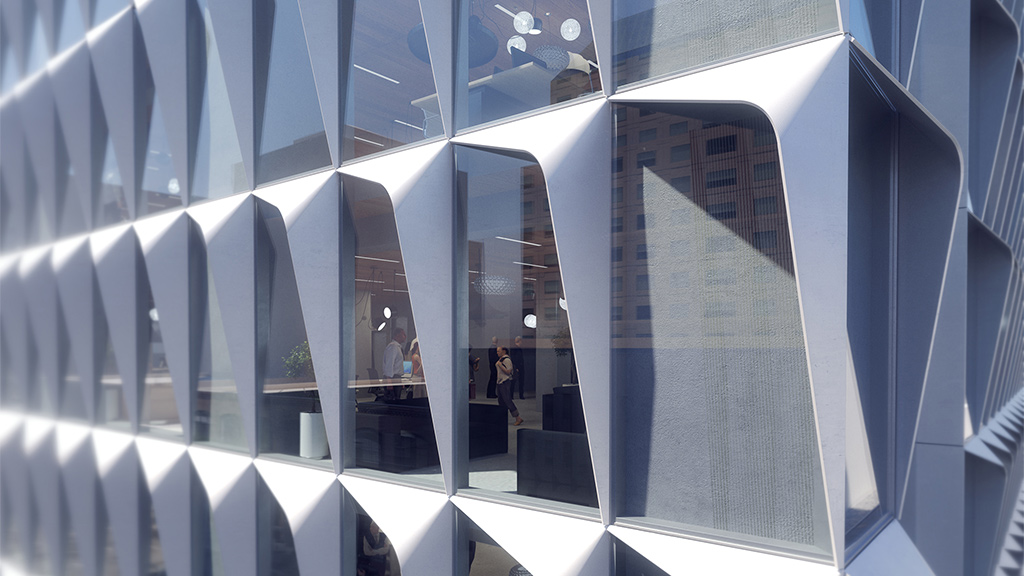6 Strategies Developers Can Use to Improve Building Performance and Lower Carbon Emissions
October 21, 2020
Editor's Note: A version of this article was originally published as part of Gensler's 2020 Impact by Design Report. Click here to download the full report.
A building’s performance is primarily influenced by its size, shape, orientation, massing, and fenestration. When just 1% of a project’s upfront costs are spent, up to 70% of its lifecycle costs may already be committed. Performance is first and foremost a design strategy.
Strategic decisions about structural size and shape can lower costs while improving performance. Consider solar orientation. Facing a building south, instead of west, can cut heat gain by as much as 20%, resulting in improved thermal and visual comfort, and lower operating costs. This can decrease first costs by reducing glazing, insulation, and mechanical systems. This is especially important at the scale of cities, since the urban grid generally governs which direction buildings face.
Urban form also influences interior space. In Washington, D.C., for example, large blocks and height restrictions result in deep floor plates and relatively low ceiling heights, undermining the ability to design buildings with access to good natural light on the inside. As the built environment grows and evolves over time, how we shape it is an essential opportunity to improve long-term resilience.
Here are 6 strategies developers can take as they consider the size and shape of buildings to make them more sustainable:
- Details - Incorporate sunshades, overhangs, and other features that improve performance.
- Fenestration - Consider the size, shape, location, and number of windows or openings.
- Right Sizing - Build only as much space as needed to function effectively.
- Orientation - Position a building to work optimally with sun, wind, views, and context.
- Proportion - Optimize a building’s surface-to-volume ratio to improve climate impact and resource efficiency.
- Location - Place a building to connect to community services and reduce transportation-related energy.

To download the full Impact by Design report, click here.
